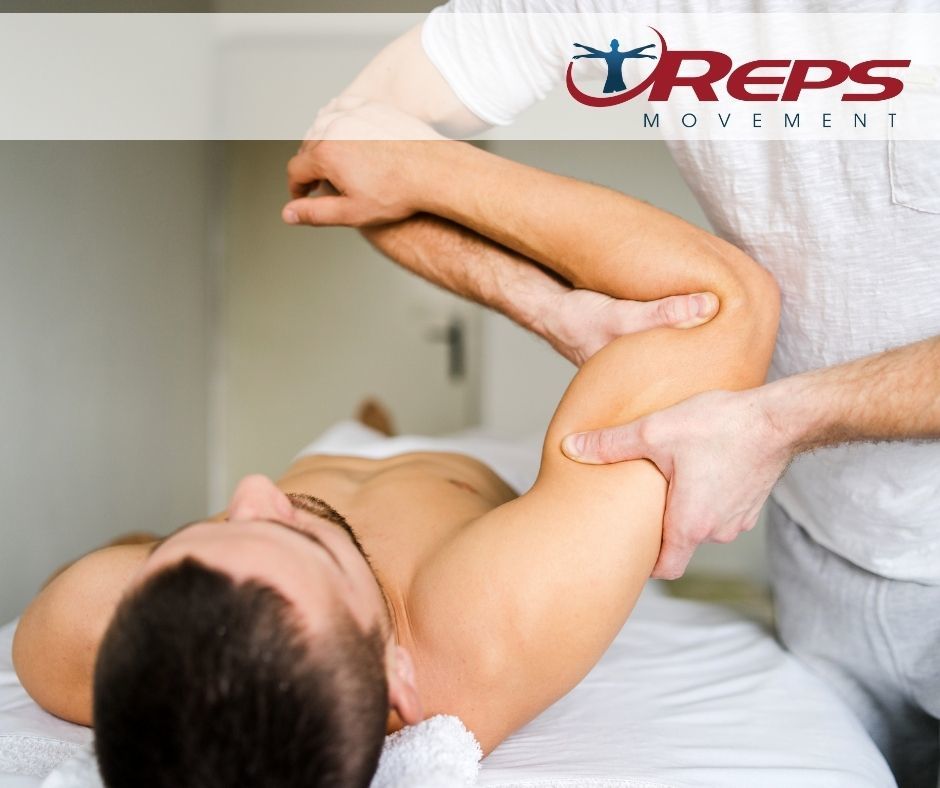Understanding the Spectrum of Massage: Relaxation vs. Rehabilitation Regular Massage: Often referred to as relaxation or Swedish massage, this technique utilises a combination of strokes, including kneading, stroking, percussion, and vibration, to promote relaxation, improve circulation, and reduce muscle tension. It focuses on providing a general sense of well-being and can be a great way to de-stress and unwind.
Remedial Massage: This therapeutic massage technique goes beyond relaxation. It employs a variety of specialised techniques like trigger point therapy, myofascial release, and deep tissue massage to target specific areas of pain, injury, or dysfunction. The therapist will assess your posture, movement patterns, and areas of concern to create a personalised treatment plan aimed at improving flexibility, reducing pain, and restoring optimal function. | 